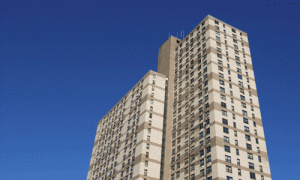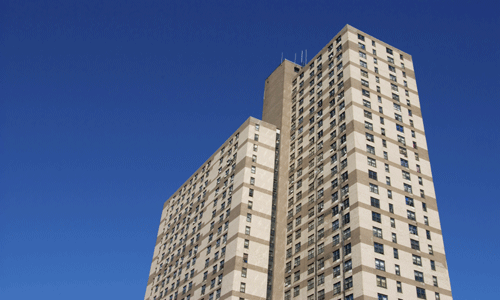 Track2Realty: In the annual report by global real estate consultants Cushman & Wakefield, “Main Streets across the world”, Mumbai witnessed the highest rental growth globally. Colaba Causeway in Mumbai recorded a rental increase of 75% over last year, on the back of strong retailer demand and continuous preference for prime high street properties in the city. Kolkata – Park Street (5th) at 53.8% and Chennai – Khader Niwaz Khan Road (10th) at 36.7% were among the global top ten cities to register highest annual rental growth.
Track2Realty: In the annual report by global real estate consultants Cushman & Wakefield, “Main Streets across the world”, Mumbai witnessed the highest rental growth globally. Colaba Causeway in Mumbai recorded a rental increase of 75% over last year, on the back of strong retailer demand and continuous preference for prime high street properties in the city. Kolkata – Park Street (5th) at 53.8% and Chennai – Khader Niwaz Khan Road (10th) at 36.7% were among the global top ten cities to register highest annual rental growth.
In the global ranking of most expensive retail locations, Khan Market in New Delhi emerged as the 26th most expensive in the world, retaining its position as most expensive retail location in India. India however, dropped in the global ranking from 21st to 26th position due to the weakening of the Indian Rupee against US Dollar. Hong Kong’s Causeway Bay overtook New York’s 5th Avenue as the most expensive retail location in the world. Paris gained two positions to settle at 3rd position
Khan Market in New Delhi recorded the highest rental values for the year in India at approximately INR 1,225/sq.ft./ month, a marginal increase of 2% over the previous year . This main-street has always been India’s most prime retail location, due to the advantage of being situated in the midst of the premium most residential boulevard of the capital city. With many major international and national retail brands being present in Khan Market, and little vacancy, consistent demand have kept the values high in this location.
Jaideep Wahi, Director Retail Services Cushman & Wakefield said, “Traditional high streets across India have been witnessing renewed interest from retailers thereby keeping rental values high in these locations. Additionally, the possibility of a boom in global retailers in India, existing global brands have been showing urgency to occupy prime retailing locations. Thus prime retailing locations of Mumbai, Kolkata and Chennai have recorded high growth in rental values in the last year.”
Prime rents in India rose by 12.5% on the back of strong occupier demand across all sub-sectors, however, retailers increasingly favoured high street properties evidenced by the significant rise in rental values of high street properties reflecting the bent of interest amongst retailers for high street properties.
Khan Market, the most expensive retail location in India, was followed by Mumbai’s Linking Road (Western Suburban) which recorded a rental value of INR 850/sf/mth. Traditionally high demand retail locations continued to see growth such as Mumbai’s Colaba Causeway, Kolkata’s Park Street and Chennai’s Khader Nawaz Khan Road recording high rental growth over the previous year, primarily driven by large volumes of footfalls that these locations attracted which has led retailers to seek out any available space in these areas.
Bengaluru’s traditional retail hotspot Brigade Road experienced a rental decline of 9% over previous year on account of excessive development work around the area making retailing an arduous experience in the area. Hyderabad’s Jubilee Road No. 36 and C. G. Road in Ahmedabad registered a slowdown in rental values of 7% over the previous year.
Rental values in shopping centres across the major seven cities rose over the year to June 2011, with the exception of selected Bengaluru locations where values declined due to the continuous infrastructure development in the area and the steady expansion of the city’s population to other locations. High streets rents in Kolkata, Bengaluru, Pune and Gurgaon recorded and appreciation in the range of 7%-20% compared with 2012-11.
Jaideep Wahi, said, “APAC region continued to attract retailers from across the world given its still robust economic conditions and a growth in the middle income groups across the region. In India with new FDI in retail, there is a potential for change in the growth dynamics. ”
New Delhi, Khan Market ranked 7th most expensive location in Asia Pacific region. Hong Kong, Tokyo and Sydney which also make it to the global top ten remained at the top three positions. Retailers continued to vie for Asia Pacific prime retail space, eager to tap into a generally younger and increasingly affluent middle class.
Despite a slower expansion than in 2010- 2011, occupier demand remained robust and prime rents rose by 8.6% over the year with the exception of marginal falls in two markets – Indonesia (3.2%) and Vietnam (1.0%) – values in the other eleven countries were either stable or witnessed an uplift. Looking ahead, although possibly losing some of its dynamism, occupier activity in Asia Pacific will remain healthy as international retailers struggling to generate profitable trading in their own markets, look for expansion opportunities in the region.





